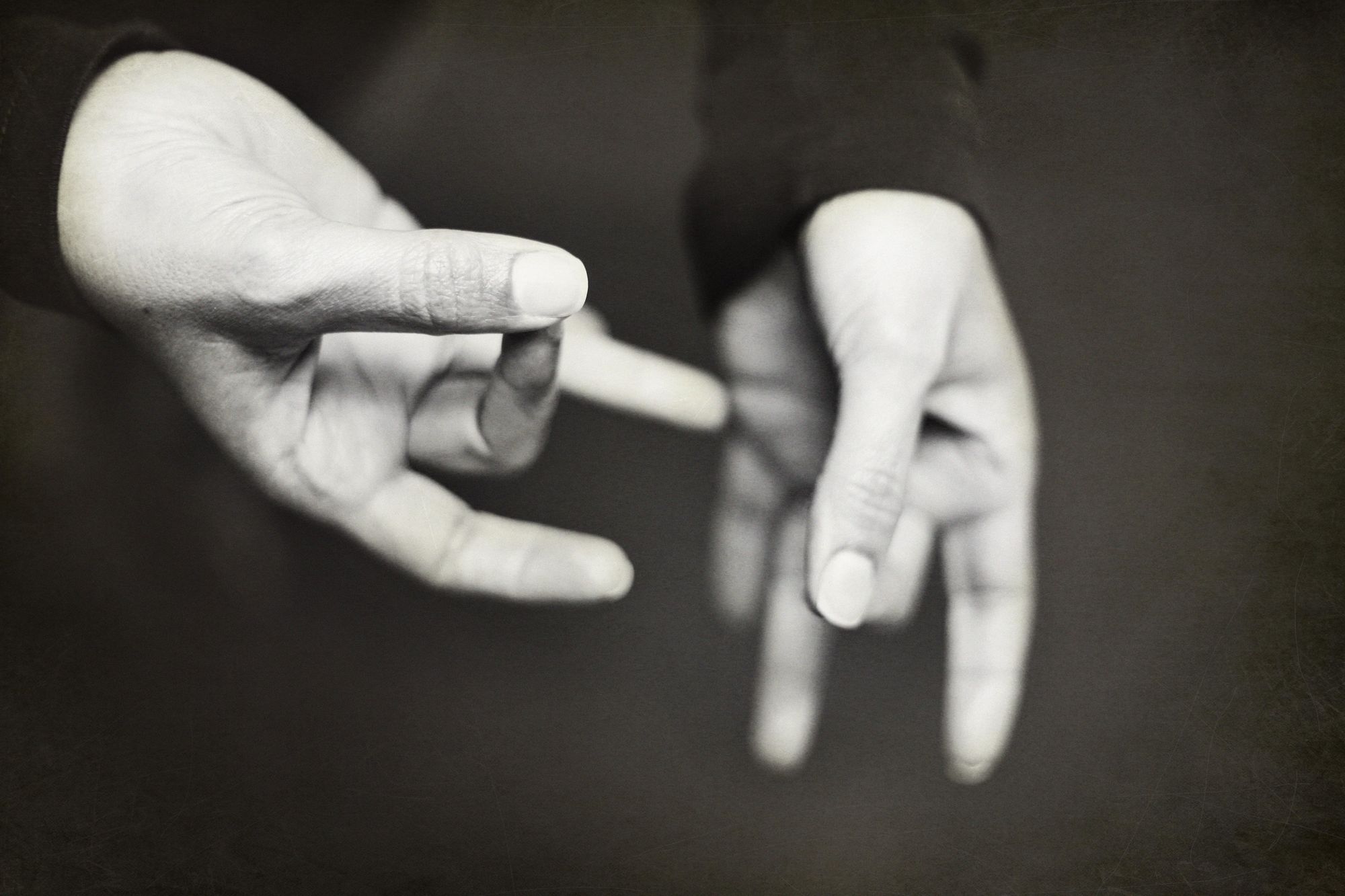What is a Deaf Interpreter?
A Deaf interpreter is a Deaf person who has a specialized skill set suited for large audiences and individual consumers; they have knowledge, training, and experience to ensure effective communication & is used during an interpreted interaction.

tl;dr — A Deaf interpreter is a Deaf person who has a specialized skill set suited for large audiences and individual consumers; they have knowledge, training, and experience in the use of mime, gestures, props, drawing, and other tools to ensure effective communication and is used during an interpreted interaction.
So there you are, about to finalize submitting a request for a sign language interpreter, and your colleague shouts out: "Wait! Make sure you include a Deaf interpreter in this request!"
Wait a minute, you think, a Deaf interpreter? Isn't that what I'm getting when I request a sign language interpreter? Aren't they the same thing? Don't Deaf people need the interpreters?
Don't worry: we got your back.
What is a Deaf interpreter?
When most people think of a "sign language interpreter" what we are typically referring to is a hearing interpreter (HI). A hearing interpreter is a person who can hear and speak (a hearing person) who provides interpretation services to bridge a communication gap between people who do not share the same language (typically another hearing person who does not know sign language and a Deaf person).
Sometimes people mistakenly refer to this interpreter as a "deaf interpreter" because they are there to interpret for a Deaf person—but this is a misnomer. Other ways you may see a hearing interpreter described: "sign language interpreter", "ASL interpreter", "ASL-English interpreter". These all refer to the same thing.
Now a Deaf interpreter (DI) is different: a Deaf interpreter is a person who has specialized knowledge, training, and experience in the use of mime, gestures, props, drawing, and other tools to ensure effective communication and who is—themselves—Deaf. Deaf interpreters often (but not always) work alongside hearing interpreters to provide additional needed skills required by the nature of the participants of the interaction.
Another word used often interchangeably with "Deaf interpreter" is "CDI". You may hear someone say: "we need to get a CDI for this request." CDI is an abbreviation for "Certified Deaf Interpreter" and should (technically) indicate that the Deaf interpreter holds a certification from the Registry of Interpreters for the Deaf. However, the term CDI is used interchangeably with both certified and non-certified Deaf interpreters (in the same way that most people just say "sign language interpreter" and not, more specifically: "certified sign language interpreter").
Where are deaf interpreters used?
Linguabee strongly believes a Deaf interpreter can be needed anywhere! The decision to provide one can be based both on the parameters and requirements of the interaction itself and/or one or more of the participants present in the interaction.
Based on situation: a Deaf interpreter is used in situations where there is a large audience of Deaf people who will be watching and/or participating This may include press briefings by the government (e.g., during natural disaster announcements or pandemics), theatrical performances, or conference keynote addresses, among other examples.
Based on the participants: a Deaf interpreter is used to meet communication needs of specific Deaf consumers. The Registry of Interpreters for the Deaf (RID), has a standard practice paper Use of a Certified Deaf Interpreter (1997) that gives some examples of when it may be appropriate to have one:
- use idiosyncratic non-standard signs or gestures such as those commonly referred to as “home signs” which are unique to a family
- I use a foreign sign language
- I have minimal or limited communication skills
- I am deaf-blind or deaf with limited vision
- I use signs particular to a given region, ethnic or age group
- I have characteristics reflective of Deaf Culture not familiar to hearing interpreters
Conclusion
As with our standard practices in sign language interpreting (for example, the use of team interpreters, using a Deaf interpreter is more common than you might have expected.
